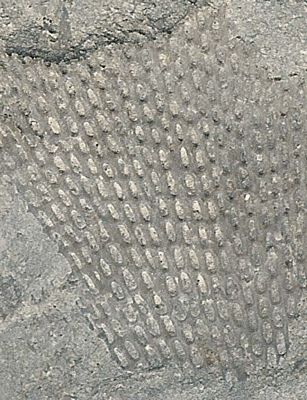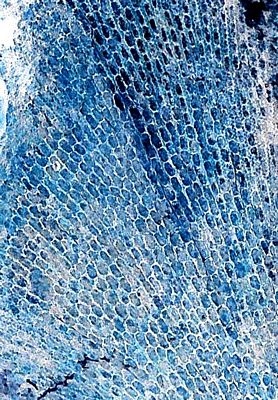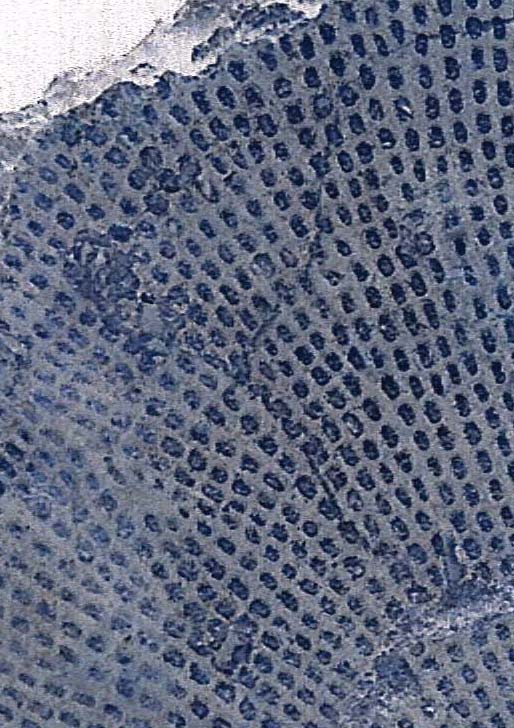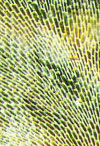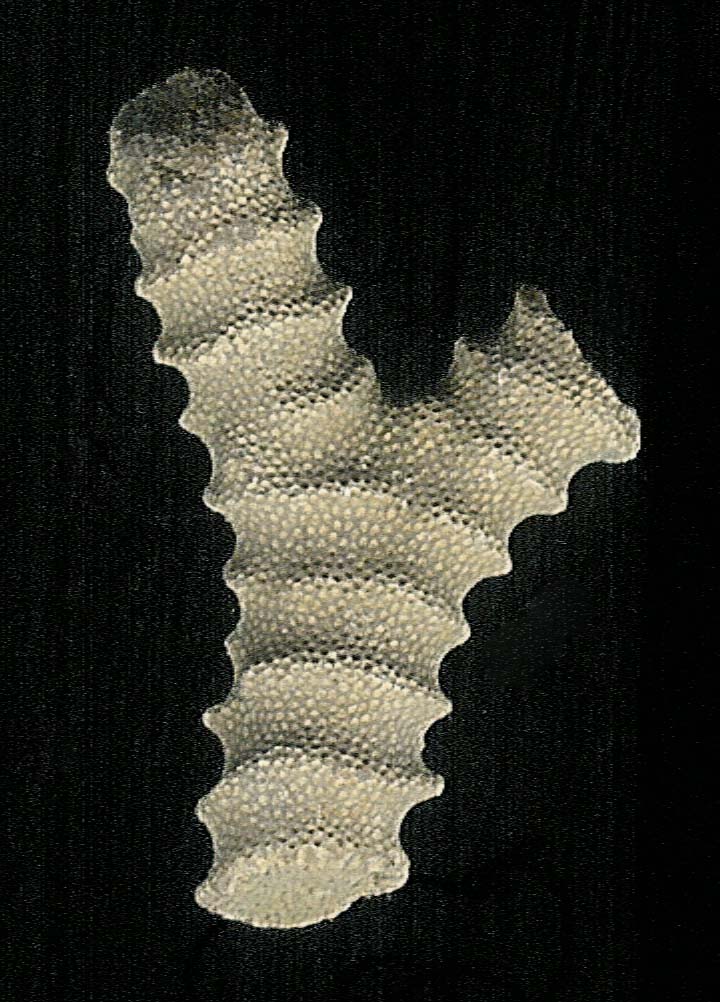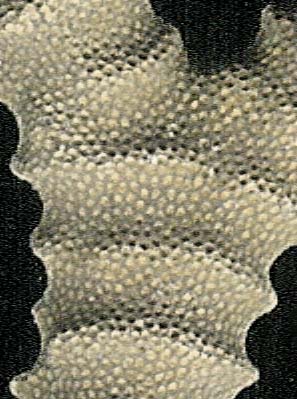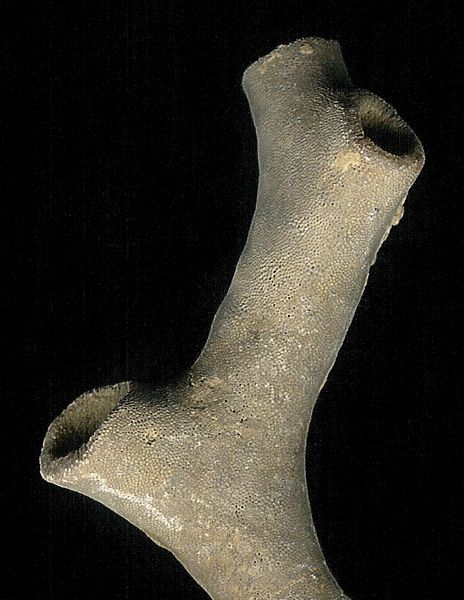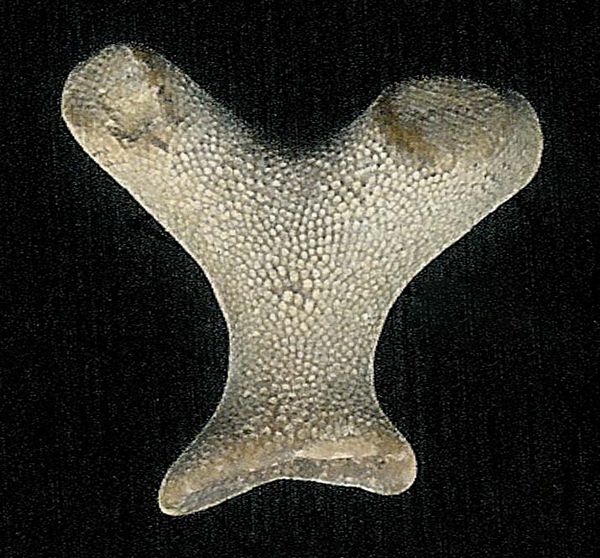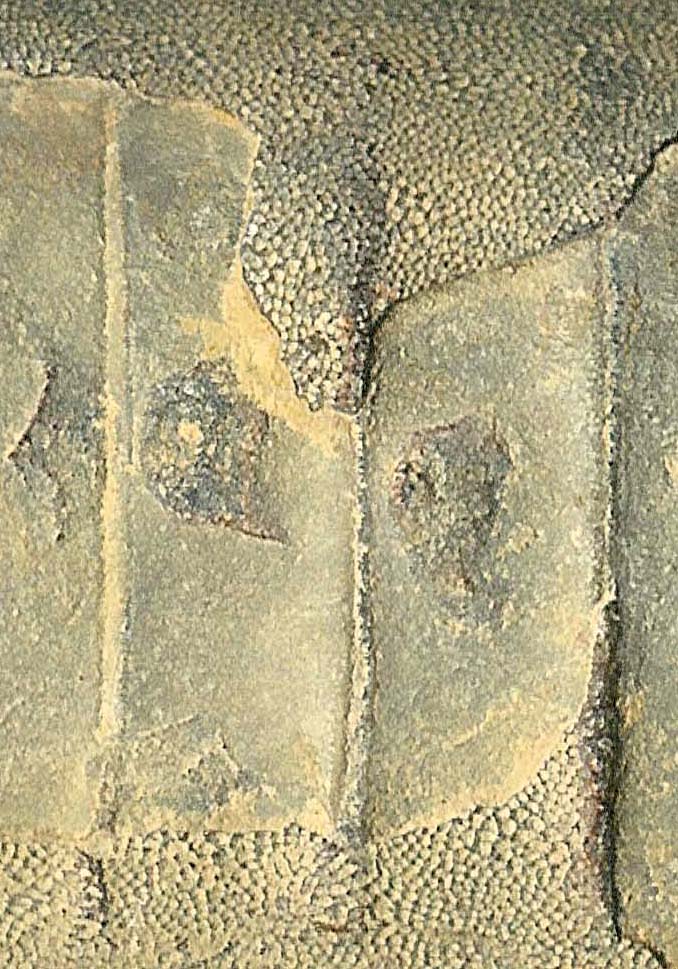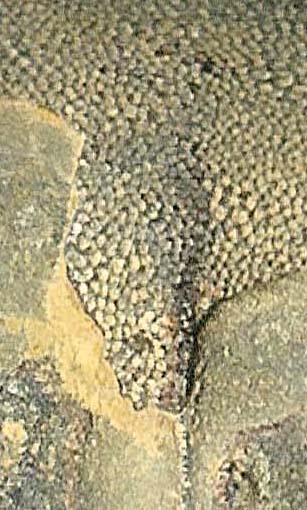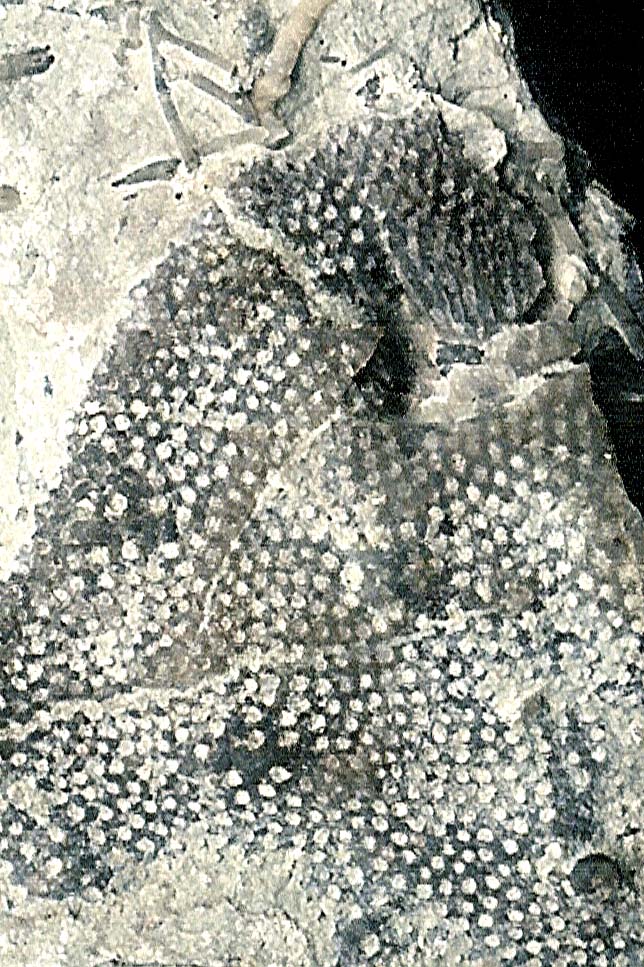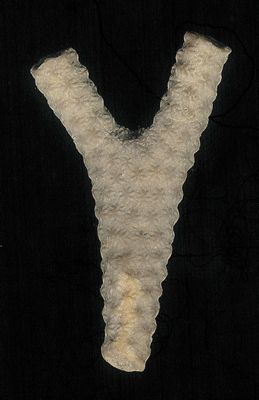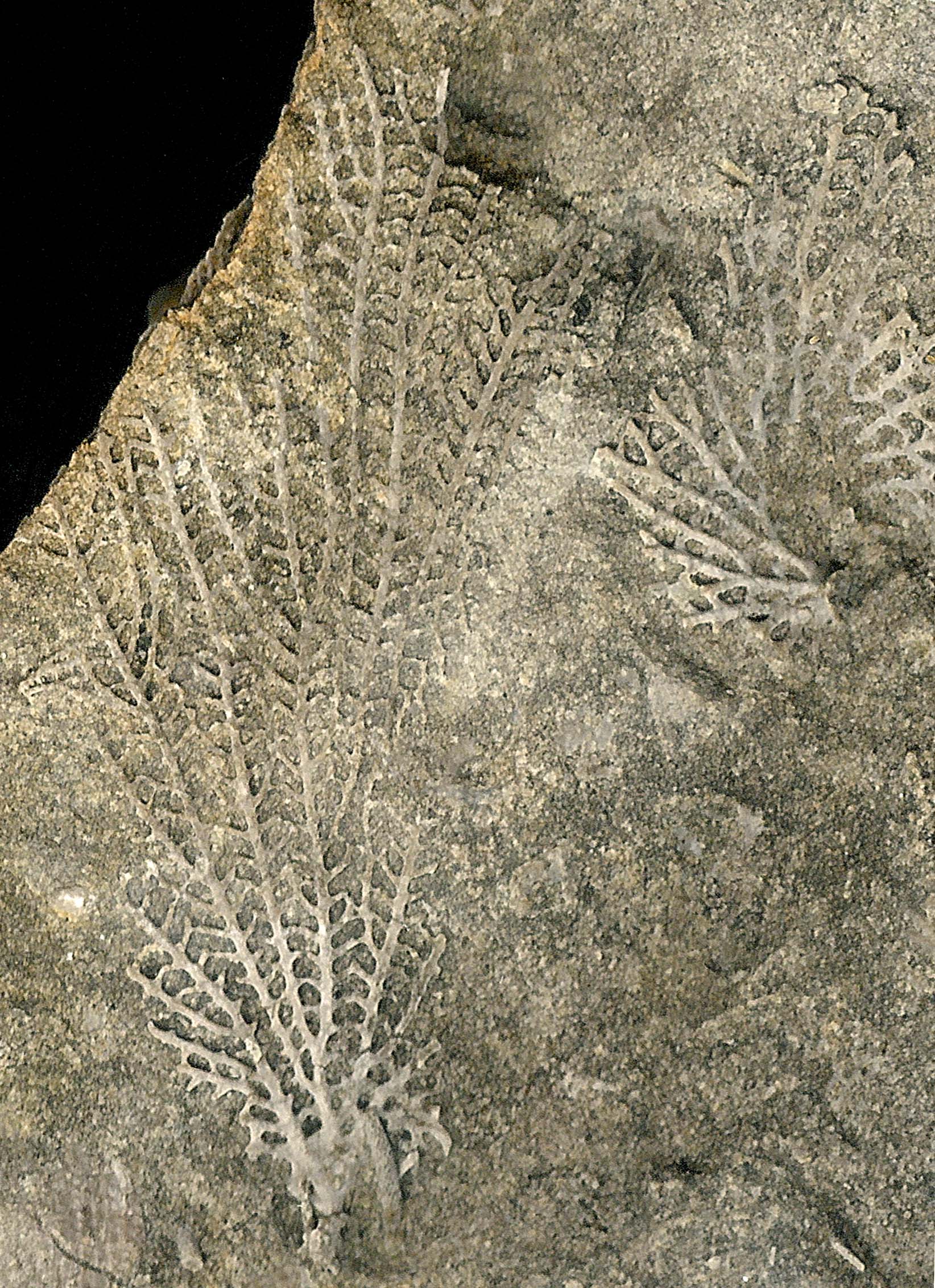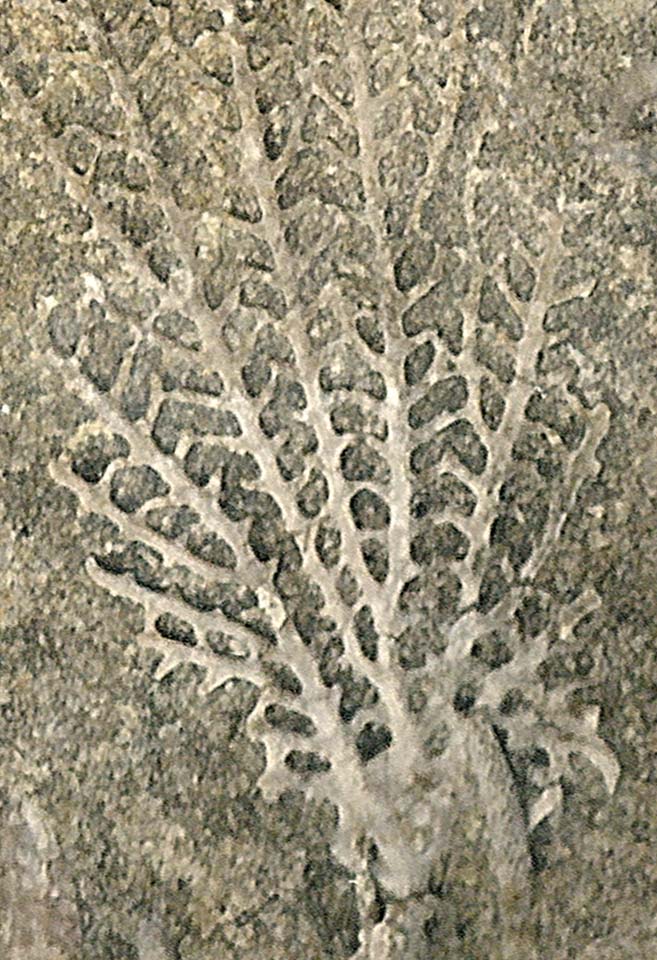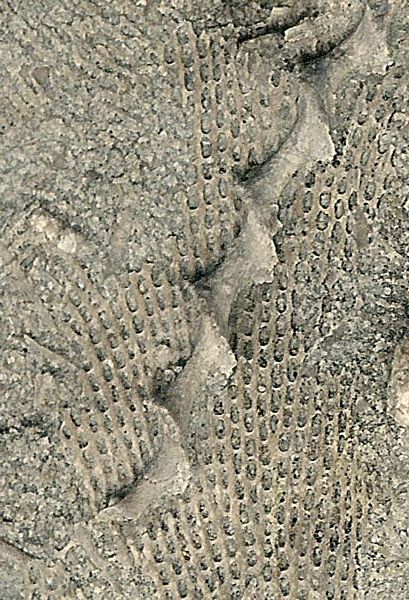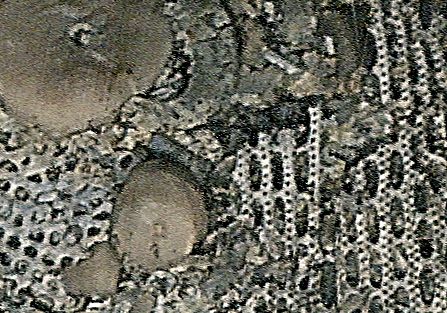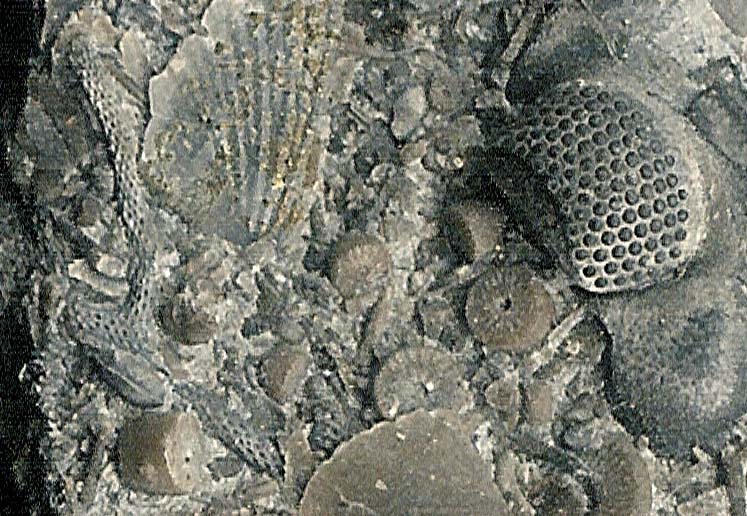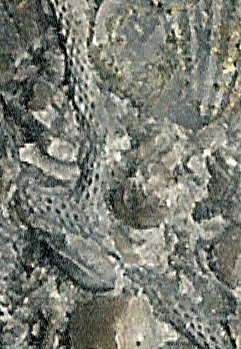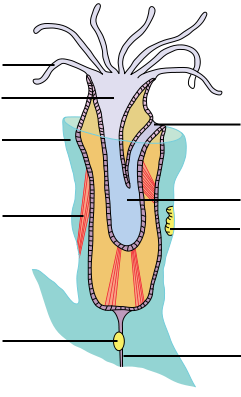
Fig. 1. The basic anatomy of an individual bryozoan called a zooid (Wikimedia Commons). This little creature that lives in tiny holes in bryozoan colonies (Figs. 2-5)
has baffled biologists since the 16th Century. Yet biologists like to
refer to bryozoans as “simple.” If, after 150 years of Darwinism and
$500,000 grants to study them one doesn’t have an explanation for the
simplest organisms (sponges, corals, bryozoans, brachiopods, molluscs,
echinoderms, etc.), then how can one imagine to explain human origins?
The date ranges in this article are from Fossilworks: Gateway to the Paleobiology Database, Macquarie Univ. Dept. of Biological Sciences, Sydney, Australia—assembled by hndreds of paleontologists internationally; and Fossiilid.info, Baltic University, Paleobiodiversity in Baltoscandia; and several other sources.
|
|
“Bryozoa is one of the most puzzling phyla in the animal kingdom and little is known about their evolutionary history.”
–Fuchs, J., M. et al. 2009. The first comprehensive
molecular phylogeny of Bryozoa (Ectoprocta) based on combined analyses
of nuclear and mitochondrial genes. Molecular Phylogenetics and Evolution 52 (1): 225.
The title of the above
paper might make readers imagine that science is on its way to
explaining bryozoans in evolutionary terms; but such is not the case.
Although paleontology and biology consider bryozoans—or moss animals as
they are popularly known (Figs. 1-5)—to
be primitive, simple organisms that evolved like everything else in the
Darwinist worldview, the actual real-time physical facts of the fossil
record tell �a very different story. What the record actually shows is
that after nearly 500 million years bryozoans are still bryozoans—just
like when they first appeared. They didn’t evolve from anything else
and they didn’t evolve into anything else.
The quote itself
may seem innocuous but it uses two standard diversions that prevent
readers from considering bryozoans objectively:
1.) Not “little is known,” but truly nothing is known about the so-called evolutionary history of bryozoans. The
|
| Genus |
Current living fossils |
Range |
Fossils recovered in situ by the author |
|
Bryozoa
Phylum. No evolutionary links
|
Unchanged
480 million years
Ordovician–Recent;
480.0 MYA–Present
|
Worldwide |
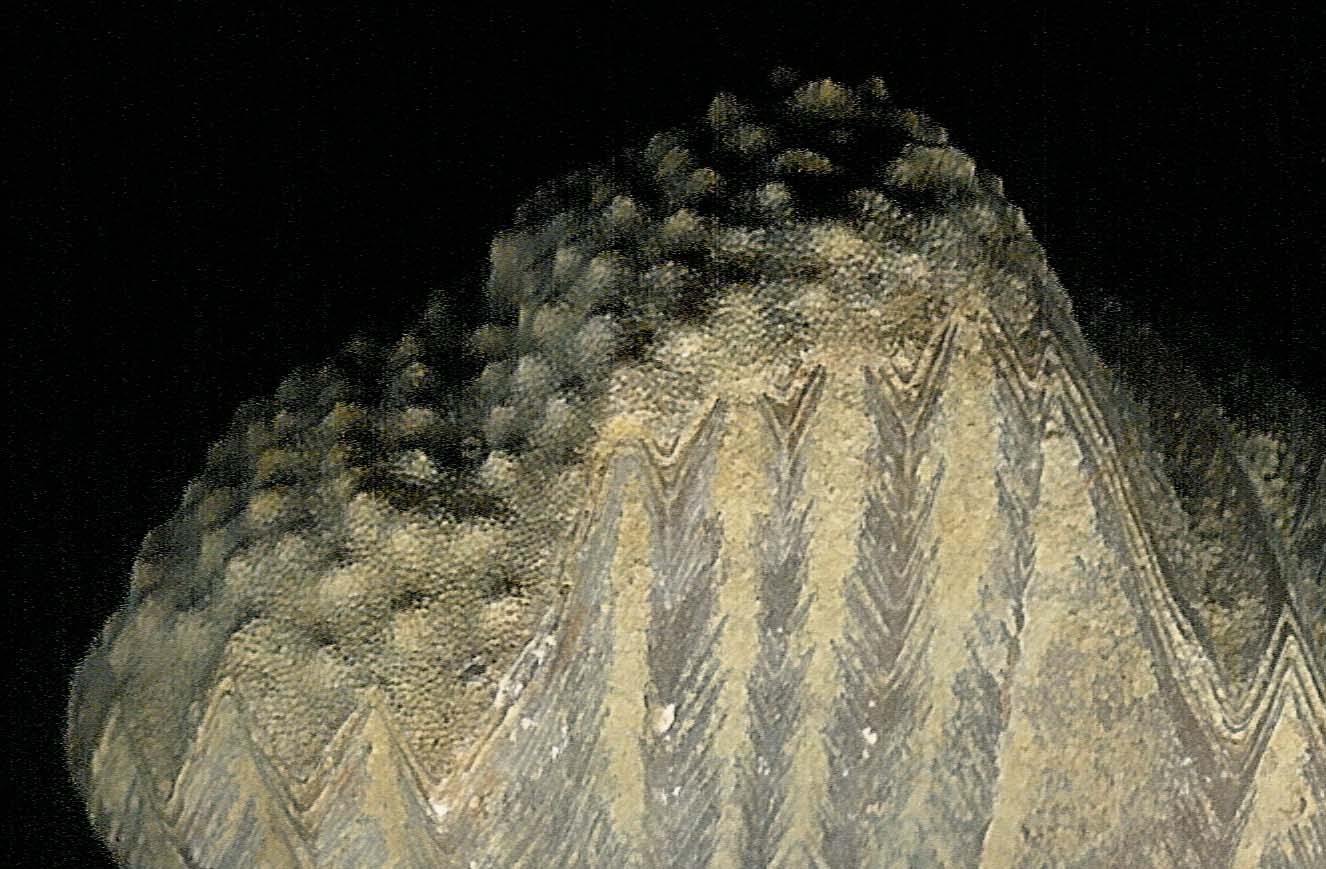 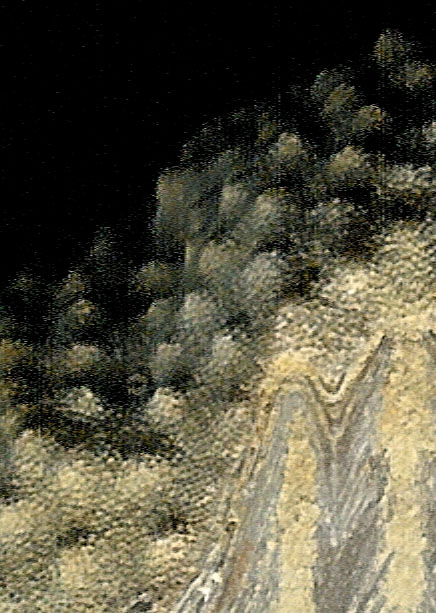
Colony 7/8" wide (2.3 cm)
Monticulipora colony encrusting Platystrophia brachiopod; Trepostomida; Stenolaemata class; Ordovician; Big Bone Lick, Kentucky
|
|
Stenolaemata
Class. No evolutionary links
|
Unchanged
480 million years
Ordovician–Recent;
480.0 MYA–Present
|
Worldwide |
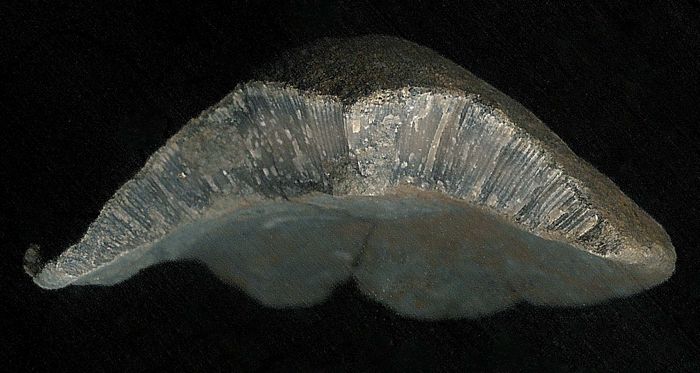
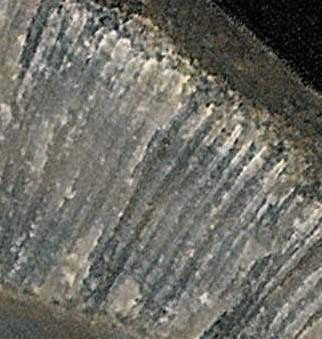
1 3/4" wide (4.4 cm)
Prasopora dome-shaped colony showing internal structure; Order Trepostomida; Class Stenolaemata; Ordovician; Chandler Falls, U.P., MI
|
|
Stenolaemata
Class. No evolutionary links
|
Unchanged
480 million years
Ordovician–Recent;
480.0 MYA–Present
|
Worldwide |
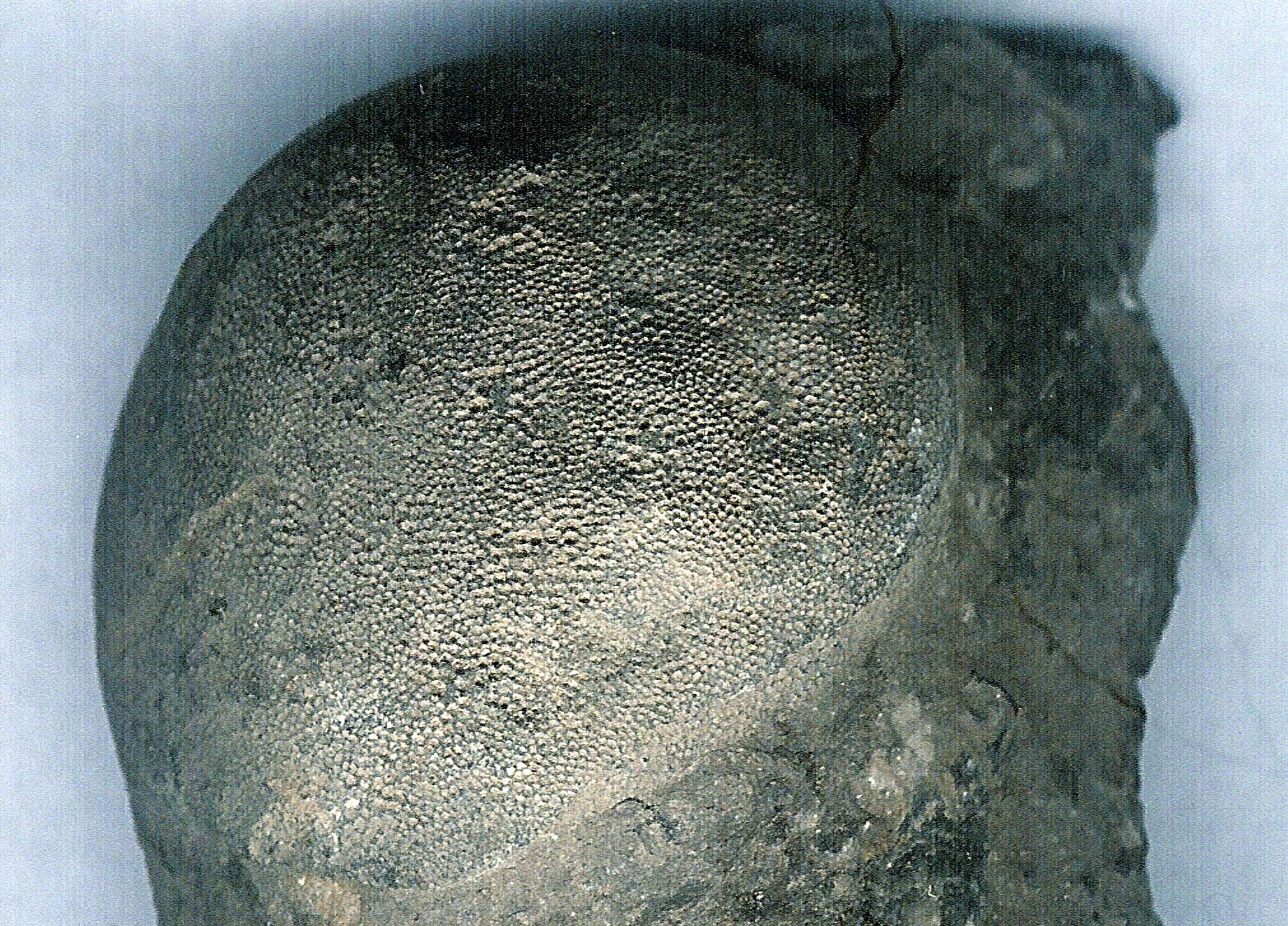 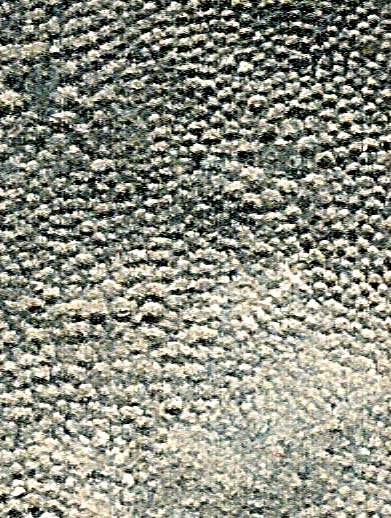
1 1/4" wide (3.1 cm)
Prasopora, diff. specimen; Ordovician; domed colony from Dolgeville, New York
|
|
Cyclostomata
Order. No evolutionary links
|
Unchanged
480 million years
Ordovician–Recent;
480.0 MYA–Present
|
Worldwide |
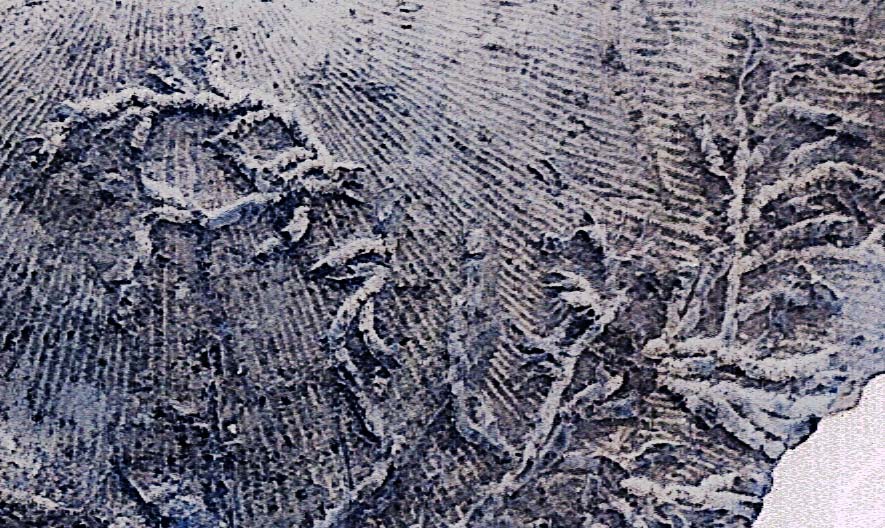
Colony 3/4" wide (1.9 cm)
Hederella colony, Cyclostomata, on Protoleptostrophia
(a delicate brachiopod with a constantly changing name; Name-changing
is part of how Darwinism “conceals” continuity.); Stenolaemata class;
Devonian; Medusa Quarry, Sylvania, OH
|
|
Gymnolaemata
Class. No evolutionary links
|
Unchanged
465 million years
Ordovician–Recent;
465.0 MYA–Present
|
Worldwide |
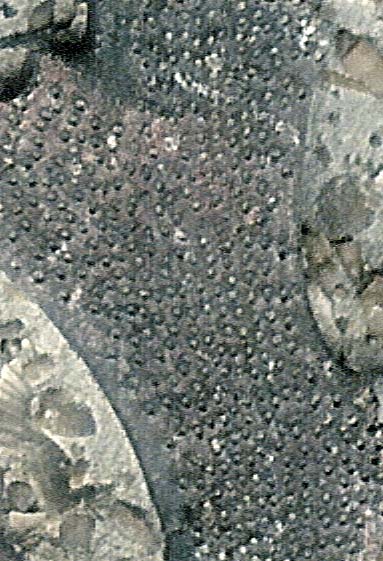 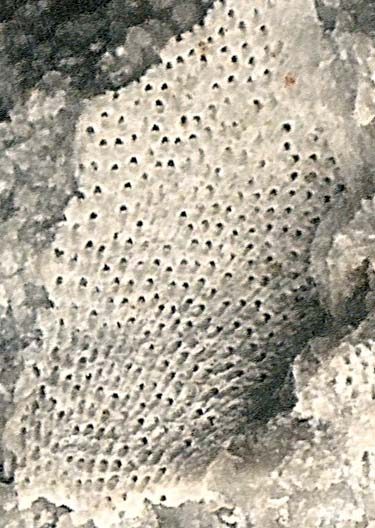 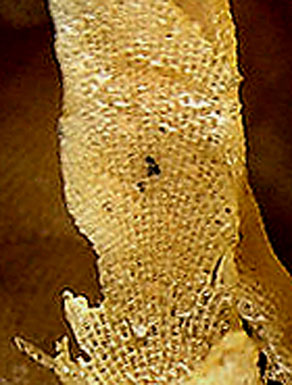
Left image 7/16" tall (1.2 cm)
Sulcoretepora (Flustra parallela); Cryptostomata; Stenolaemata; Devonian; Medusa Quarry, OH; similar, Sibley Quarry, Trenton, MI; Modern Flustra; Gymnolaemata
|
|
Ctenostomata
Order. No evolutionary links
|
Unchanged
465 million years
Ordovician–Recent;
465.0 MYA–Present |
Worldwide |
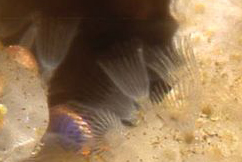
What living bryozoans look like. Image: Wikimedia Commons
|
|
Cheilostomata
Order. No evolutionary links
|
Unchanged
172 million years
Jurassic–Recent;
172.0 MYA–Present |
Worldwide |
For Cheilostomata see Membranipora in Fig. 4.
|
Fig. 2.
A few examples of “thousands” of classes, orders, families, genera (presently bryozoans) showing no evolution in hundreds of millions of years. Remember, it’s easy to sell evolutionism when you block knowledge and facts from the public.
|
|
|












